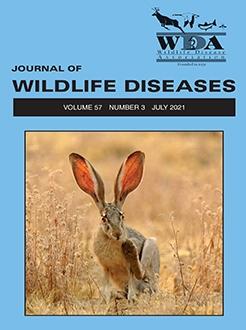Chytridiomycosis, caused by the chytrid fungus Batrachochytrium dendrobatidis (Bd), is a leading cause of global amphibian declines. Severe infections with Bd can lead to cardiac arrest, and mass deaths during epidemics have been reported. Temperature, pH, salinity, and moisture are important determinants of the survival, growth, reproduction, and pathogenicity of Bd, as well as its effect on amphibian populations. Here, we synthesize current knowledge on the role of temperature as a driver of the pathogenicity and virulence of Bd to better understand the effects of temperature on amphibian defense mechanisms against infection. This review advises on research direction and management approaches to benefit amphibian populations affected by Bd. We conclude by offering guidelines for four levels of temperature monitoring in amphibian field studies to improve consistency between studies: regional climate, habitat, microhabitat, and amphibian host.
How to translate text using browser tools
5 July 2021
TEMPERATURE AS A DRIVER OF THE PATHOGENICITY AND VIRULENCE OF AMPHIBIAN CHYTRID FUNGUS BATRACHOCHYTRIUM DENDROBATIDIS: A SYSTEMATIC REVIEW
Anna Turner,
Skye Wassens,
Geoffrey Heard,
Andrew Peters
ACCESS THE FULL ARTICLE

Journal of Wildlife Diseases
Vol. 57 • No. 3
July 2021
Vol. 57 • No. 3
July 2021
disease
environmental refuge
freshwater
Guideline
intensity
key threatening process
prevalence




